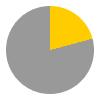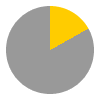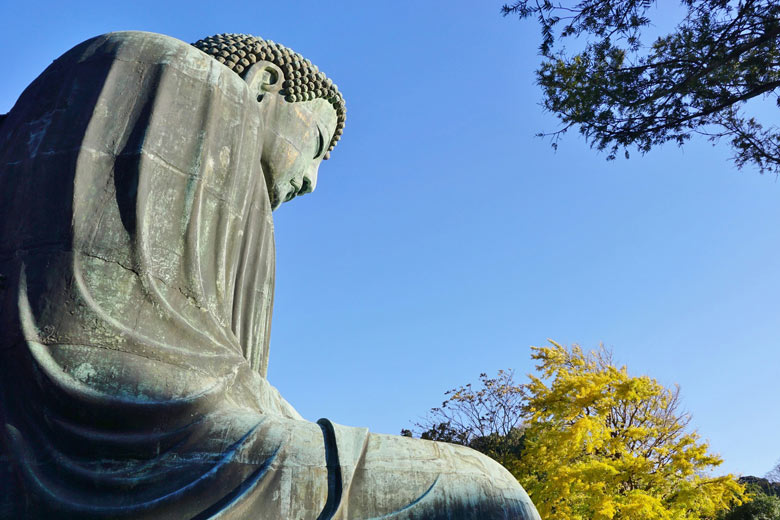- Join Marriott Bonvoy for the best rates on hotel stays
- Exclusive membership perks & additional benefits
- Includes discounts, upgrades & earn points free stays
Best time to visit Japan
Find the best time to visit Japan and plan your perfect trip in 2025/2026. Get holiday inspiration, weather guides, travel advice and find great deals.
- Best time to visit
- Weather by month
- 5-day weather forecast
- Destinations
- Travel advice
- Deals & discounts
Japan by month
Jan Feb Mar Apr May Jun Jul Aug Sep Oct Nov Dec
Recommended for Japan
Top Japan destinations
Below are the temperatures expected today at popular countries, regions and places in Japan. Select a destination to compare today's forecast with average weather conditions.
- Kyoto
- Okayama
- Osaka
- Hiroshima
- Fukuoka
- Nagoya
- Naha
- Kanazawa
- Niigata
- Tokyo
- Aomori
- Sapporo
- Sendai
- Nikko
All Japan destinations
- Abashiri
- Aizu-Wakamatsu
- Akita
- Aomori
- Asahikawa
- Fukuoka
- Hagi
- Hakodate
- Hamamatsu
- Hiraizumi
- Hirosaki
- Hiroshima
- Ishigaki
- Izumo
- Kagoshima
- Kamaishi
- Kanazawa
- Kobe
- Kochi
- Koya
- Kumagaya
- Kumamoto
- Kusatsu
- Kushiro
- Kyoto
- Matsumoto
- Matsuyama
- Miyazaki
- Nagasaki
- Nagoya
- Naha
- Nara
- Niigata
- Nikko
- Oita
- Okayama
- Osaka
- Sapporo
- Sendai
- Shirahama
- Takamatsu
- Tokyo
- Tottori
- Toyota
- Wakkanai
- Yakushima
- Yamagata
- Yokohama
When is the best time to visit Japan?
The best time to visit Japan (Tokyo) is May based on the following average weather conditions.
Maximum daytime temperature = 72 - 86°F [remove]
Daily hours of sunshine = 10 hours or more [remove]
Change the criteria to reflect your weather preferences.
Max Day Temperature (°F)
- Jan
 50
50 - Feb
 50
50 - Mar
 55
55 - Apr
 66
66 - May
 73
73 - Jun
 77
77 - Jul
 84
84 - Aug
 88
88 - Sep
 81
81 - Oct
 70
70 - Nov
 63
63 - Dec
 54
54
Which is the hottest month in Japan?
The hottest time of year in Tokyo, Japan is normally August. Expect maximum daytime temperatures to reach 88°F with high heat and humidity.
Which month has the most rain in Japan?
In terms of rainfall, June is usually the wettest month in Tokyo, Japan with 7.1 inches on average. There are normally 20 days in June with some rain.
When is it sunniest in Japan?
The sunniest time of year in Tokyo, Japan is normally January with bright sunshine on average for 59% of daylight hours; that's 6 hours of sunshine per day.
When is the sea warmest in Japan?
The sea is usually at its warmest in Tokyo, Japan in August when the water temperature reaches 79°F.
Best time to visit
The weather guide for Japan (Tokyo) shows long term weather averages processed from data supplied by CRU (University of East Anglia) & today's weather forecast provided by meteoblue. Find out more about our data sources.
Metric (°C) | Imperial (°F)
Japan weather overview
Japan, a group of mountainous volcanic islands off the coast of Asia, has a predominantly temperate, seasonal climate with cool to cold but sunny winters, warm to hot summers and mild weather in the spring and autumn.
However, there are exceptions to this: the island of Hokkaido and the northern areas of Honshu experience heavy snows in the winter months when cold winds gust in from Siberia, gathering moisture from the sea as they come.
In central and southern Japan, winter is the (relatively) dry season while there is moderate rainfall in the summer and autumn with the chance of a typhoon, accompanied by heavy rainfall, blowing in from the South China Sea from July to September.
Tropical storm risk: Tokyo, Japan typhoon season
The Tokyo, Japan tropical storm risk chart above shows the typhoon season. The chart was processed from data supplied by the US Meteorological Agency (NOAA). Find out more about our data sources.
Southern summers tend to be warm and humid with heavy cloud cover. The mountain areas are usually the most pleasant parts of Japan in the summer months when conditions are predominantly sunny and crisp.
Spring is the best time to visit the lower parts of the country; it brings not only fresh, sunny weather but also the legendary 'cherry blossom time'.
What to pack for Japan weather
While light clothes are fine in the summer, you should combine light clothing with some warmer attire in the spring and autumn, and take much warmer clothing for the winter and visits to the mountain areas. Go prepared for rain in the summer.
Japan travel features
Do you want to learn more about Japan? Read our latest features covering travel tips and insider destination guides on where to go and what to do in Japan.
Be inspired
Get your weekly fix of holiday inspiration from some of the world's best travel writers plus save on your next trip with the latest exclusive offers
We promise not to share your details
Related posts
Popular travel offers
Explore holidays in the sun for less
- Beach holidays
- Family holidays
- City breaks
- Summer holidays
- Winter sun holidays
- Holiday offers
- Top travel brands
- Airlines & flights
- Discount hotels
- Airport parking deals
- TUI
- Jet2holidays
- easyJet holidays
- Love Holidays
- January sales
Airport parking
- Manchester Airport
- Stansted Airport
- Bristol Airport
- Luton Airport
- Birmingham Airport
- Edinburgh Airport
- Gatwick Airport
- Glasgow Airport
- Newcastle Airport
Airport lounges
- Manchester Airport
- Birmingham Airport
- Bristol Airport
- Edinburgh Airport
- Glasgow Airport
- Heathrow Airport
- Newcastle Airport
- Stansted Airport
- Gatwick Airport



























